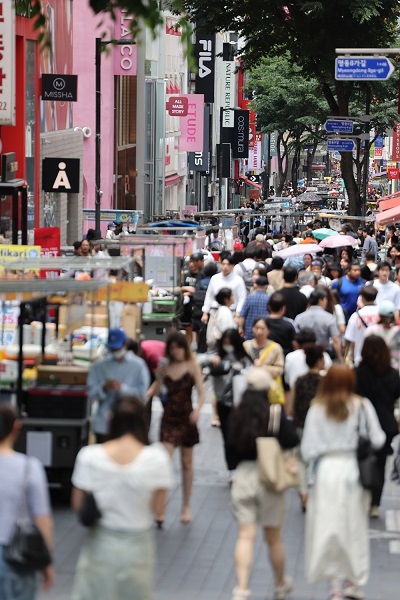Seoul, (Asian independent) The average life expectancy of South Korean babies born last year fell for the first time in 52 years in 2022 due to the Covid-19 pandemic, data revealed on Friday.
The average life expectancy at birth in 2022 came to 82.7 years, 0.9 year shorter than the previous year, according to the data compiled by Statistics Korea.
It marked the first on-year decline since the government began compiling related data in 1970, reports Yonhap News Agency.
The life expectancy came to 62.3 years in 1970 and reached 80 years for the first time in 2009.
Compared with a decade ago, the 2022 figure was 1.9 years longer.
“Covid-19 was the third biggest cause of death in South Korea in 2022, which led to the fall in the life expectancy for babies born that year,” an agency official said.
Baby boys and girls born in 2022 are expected to live 79.9 years and 85.6 years, respectively.
The gender gap in life expectancy fell 0.2 year to come to 5.8 years, the smallest-ever figure.
The gap has fallen after reaching a peak of 8.6 years in 1985.
South Korea’s life expectancies for men and women were 1.9 years and 2.4 years longer, respectively, than the average of the 38 member states of the Organization for Economic Cooperation and Development (OECD).
As for causes of death, babies born in 2020 have a 18.1 per cent chance of dying of cancer in the future, or the largest share, followed by heart disease with 9.4 per cent and Covid-19 with 9.4 per cent.
South Korea is struggling with demographic challenges caused by rapid aging and a chronically low birthrate.
The total fertility rate, which shows the average number of expected babies a woman bears in her lifetime, fell to a record quarterly low of 0.7 in the third quarter of 2023.
The country is widely expected to become a super-aged society in 2025, in which the proportion of those aged 65 and older will hit 20 per cent of the total population.
The country became an aged society in 2017, as the proportion of such people exceeded 14 per cent.








